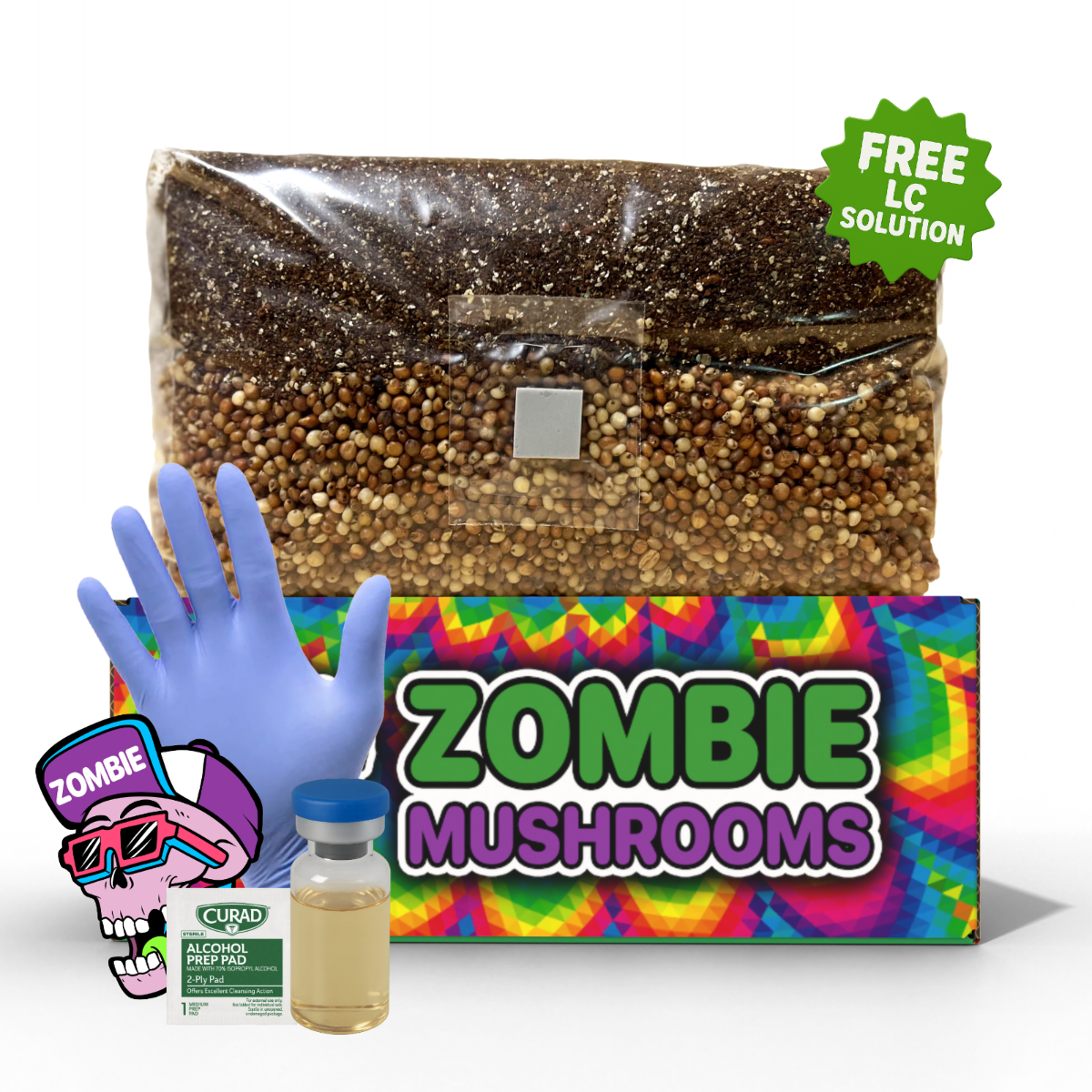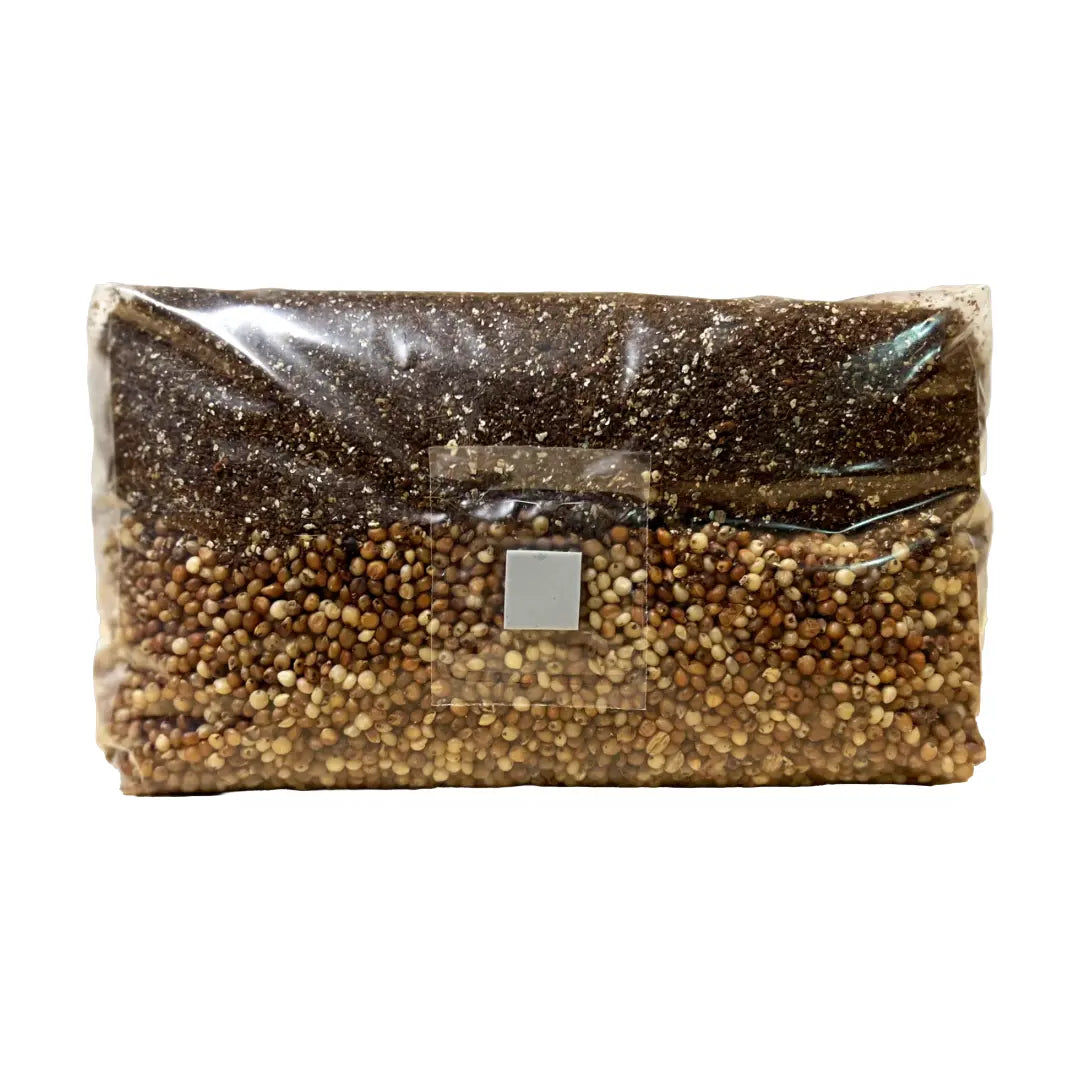- Both psychedelics and meditation reduce activity in the brain’s default mode network (DMN), fostering mindfulness and ego dissolution.
- A study of 863 meditators found that 73.5% reported improved meditation quality after using psychedelics, especially when used with clear intention.
- Psilocybin enhances emotional regulation, reduces mental chatter, and increases self-compassion, making it a powerful aid for mindfulness.
- DMT produces non-dual awareness and ego dissolution, mirroring deep meditative states observed in advanced practitioners.
- Responsible use, proper setting, and post-experience integration are essential to maximize benefits and minimize risks.
The Science Behind Psychedelics and Meditation
Psychedelics and meditation both have profound effects on consciousness, altering brain activity and perception in complementary ways. Studies suggest that these two practices share fundamental neurological mechanisms, particularly their influence on the default mode network (DMN)—a collection of brain regions associated with self-referential thinking, mental chatter, and ego identity. For individuals curious about exploring these states through mushrooms in a safe, controlled environment, tools like a mushroom monotub kit can provide a structured way to grow at home before engaging with deeper practices.
How Psychedelics Affect the Brain
Psychedelics such as psilocybin, LSD, and DMT primarily interact with serotonin receptors, especially the 5-HT2A receptor, producing altered states of awareness characterized by heightened sensory perception, ego dissolution, and deep introspection. Some key effects include
- Increased neural connectivity – Psychedelics promote cross-communication between brain regions that don’t typically interact, leading to new insights and heightened self-awareness (Carhart-Harris et al., 2012).
- Suppression of the DMN – With reduced DMN activity, individuals experience a quieting of inner dialogue, paralleling the effects of mindfulness meditation.
- Dissolution of ego boundaries – Ego dissolution is a hallmark of high-dose psychedelic experiences, fostering a deep connection to the present moment.
The Neurological Effects of Meditation
Meditation also impacts brain structure and function by
- Modulating the DMN, reducing self-referential thought patterns seen in anxiety and depression (Brewer et al., 2011).
- Increasing gray matter density in areas linked to attention, emotional regulation, and self-awareness (Lazar et al., 2005).
- Enhancing connectivity between brain regions, improving focus and cognitive flexibility.
Since both psychedelics and meditation reduce DMN activity and promote neural plasticity, combining the two may accelerate personal growth and deepen mindfulness.

Key Research on Psychedelics and Meditation
A growing body of research suggests that using psychedelics strategically can enhance meditation practice and yield profound psychological benefits.
The 2024 PLoS ONE Study
One of the most comprehensive studies to date, published in PLoS ONE in 2024, examined how psychedelics impact meditation across 863 participants who practiced at least three times per week. Findings included
- 73.5% of meditators reported enhanced meditation quality after using psychedelics, particularly when taken with a clear intention.
- Regular psychedelic users were more likely to report profound meditative insights than infrequent users.
- DMT was strongly associated with “non-dual awareness”, a key goal in advanced meditation.
These results suggest that psychedelics, when used properly, can significantly deepen meditative experiences.

Psilocybin Meditation Benefits
Psilocybin is one of the most research-backed psychedelics for meditation enhancement. Used in both indigenous rituals and modern scientific studies, psilocybin mirrors many benefits of deep meditation.
How Psilocybin Enhances Mindfulness
- Boosts emotional processing – Psilocybin allows individuals to observe emotions without being overwhelmed, improving emotional regulation.
- Silences mental chatter – Users frequently report reduced inner criticism and an increased ability to stay present.
- Deepens self-compassion – Many experience profound self-acceptance and forgiveness.
One study on psilocybin-assisted meditation retreats found that participants experienced improved long-term mindfulness and psychological well-being, with effects lasting months post-experience.
Long-Term Benefits of Psilocybin and Meditation
Research highlights that individuals who combine meditation with psilocybin report lasting improvements in
- Existential well-being – Greater sense of purpose and meaning.
- Reduced anxiety and depression – Enhanced ability to manage stress and emotional turbulence.
- Spiritual insights – Deepened understanding of consciousness and human experience.

DMT and Mindfulness Practices
DMT (N,N-DMT) is one of the most intense and fast-acting psychedelics, often producing mystical experiences and deep self-reflection in just minutes. Many meditators report that a DMT-induced state shares similarities with deep meditation and non-dual awareness.
How DMT Enhances Meditation
- Ego dissolution – Many users feel their sense of self temporarily vanish, akin to states attained through years of meditation.
- Expanded awareness – Some describe DMT as a gateway to advanced levels of consciousness.
- Heightened surrender – The abrupt, immersive nature of DMT trains the mind to embrace the present moment.
Given its intensity, DMT should be approached with caution—but for experienced meditators, it can be a powerful mindfulness tool.

The Importance of Intention in Psychedelic Meditation
Intentionality significantly shapes how psychedelics interact with meditation. The PLoS ONE study found that those who approached psychedelic use with clear goals (spiritual growth, emotional healing, deepened mindfulness) reported the most beneficial effects.
How to Set Intentions for Psychedelic Meditation
- Clarify your purpose – Reflect on what you wish to explore.
- Use affirmations or mantras – Simple phrases like “I embrace the present moment” can guide the experience.
- Cultivate openness and gratitude – Challenges may arise, but curiosity allows for deep transformation.
Intention grounds the experience, ensuring that psychedelic use remains aligned with meditative exploration rather than mere recreational use.

Best Practices for Combining Psychedelics with Meditation
For those exploring psychedelics in a meditative context, proper preparation maximizes benefits and minimizes risks. Consider the following
-
Set & Setting – Create a quiet, safe environment with minimal distractions.
-
Start with low doses – Microdosing can gently enhance meditation before attempting larger doses.
-
Use guided techniques – Breathwork, mantra meditation, or body scans help anchor the experience.
-
Journal insights – Writing reflections aids in post-experience integration.
- Consider a sitter – A trusted guide can offer support during intense moments.
Risks and Considerations
While psychedelics can deepen meditation, they aren’t without risks
- Psychological distress – Intense experiences can be overwhelming, especially for those with unresolved trauma.
- Contraindications – Individuals with a history of psychosis, anxiety disorders, or heart conditions should exercise caution.
- Difficulty integrating experiences – Insights gained may take time to process and implement.
- Legal complications – Psychedelics remain illegal in many countries; always check local laws.
Responsible use, education, and integration strategies are crucial for a safe and transformative experience.

The Future of Psychedelic Meditation
As scientific interest in psychedelics grows, research is exploring their potential role in meditation, therapy, and mental health treatment
- Psychedelic-assisted mindfulness programs – Combining psilocybin with structured meditation training could become a therapeutic tool.
- Clinical research on therapeutic insights – Scientists are studying psychedelics for stress reduction, anxiety relief, and trauma healing.
- Mainstream meditation retreats integrating psychedelics – Future centers may offer legal, guided experiences for consciousness exploration.
With evolving legal frameworks and increasing public interest, psychedelic-enhanced meditation may become a new frontier in mental well-being.
Psychedelics and meditation offer complementary paths to self-discovery, mindfulness, and well-being. Scientific studies confirm that substances like psilocybin and DMT can deepen meditation, foster emotional clarity, and accelerate spiritual insights. However, careful intention, proper setting, and post-experience integration are essential for unlocking their full potential.
Would you consider exploring psychedelics in your meditation practice? Share your thoughts below!
Citations
- Marijuana Moment. (2024). Psychedelics have a positive influence on meditation practice, new study shows. Retrieved from https://www.marijuanamoment.net/...
- PLoS ONE. (2024). Psychedelics and Meditation: Analyzing the Role of Subjective Experience and Intentionality on Psychological Outcomes. Retrieved from https://journals.plos.org/...



